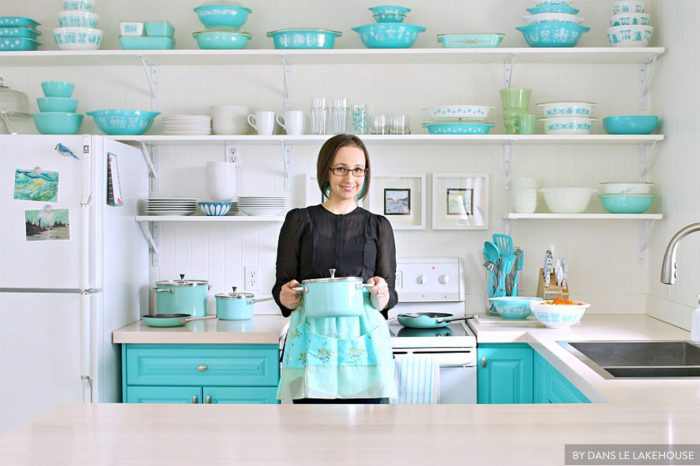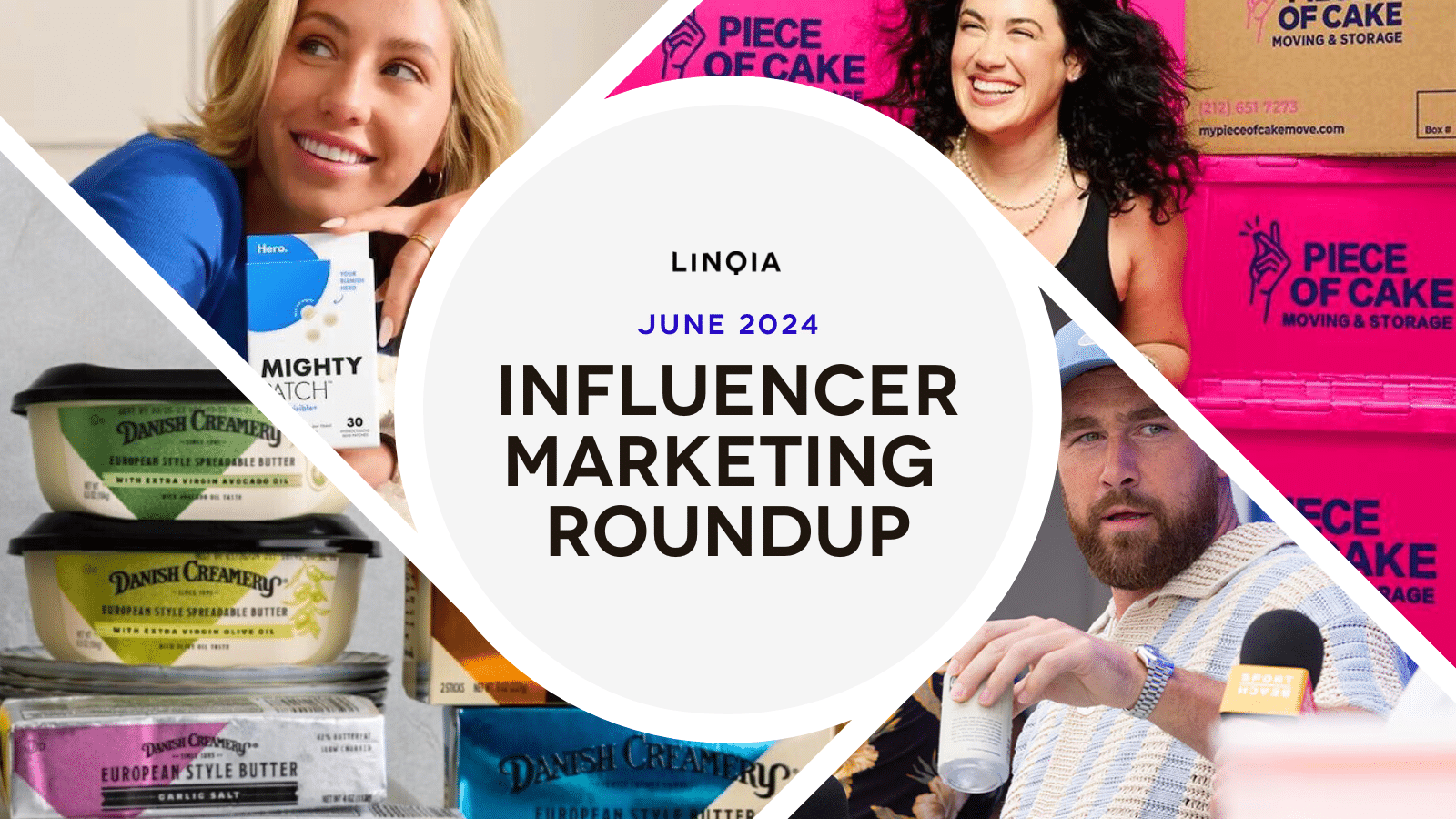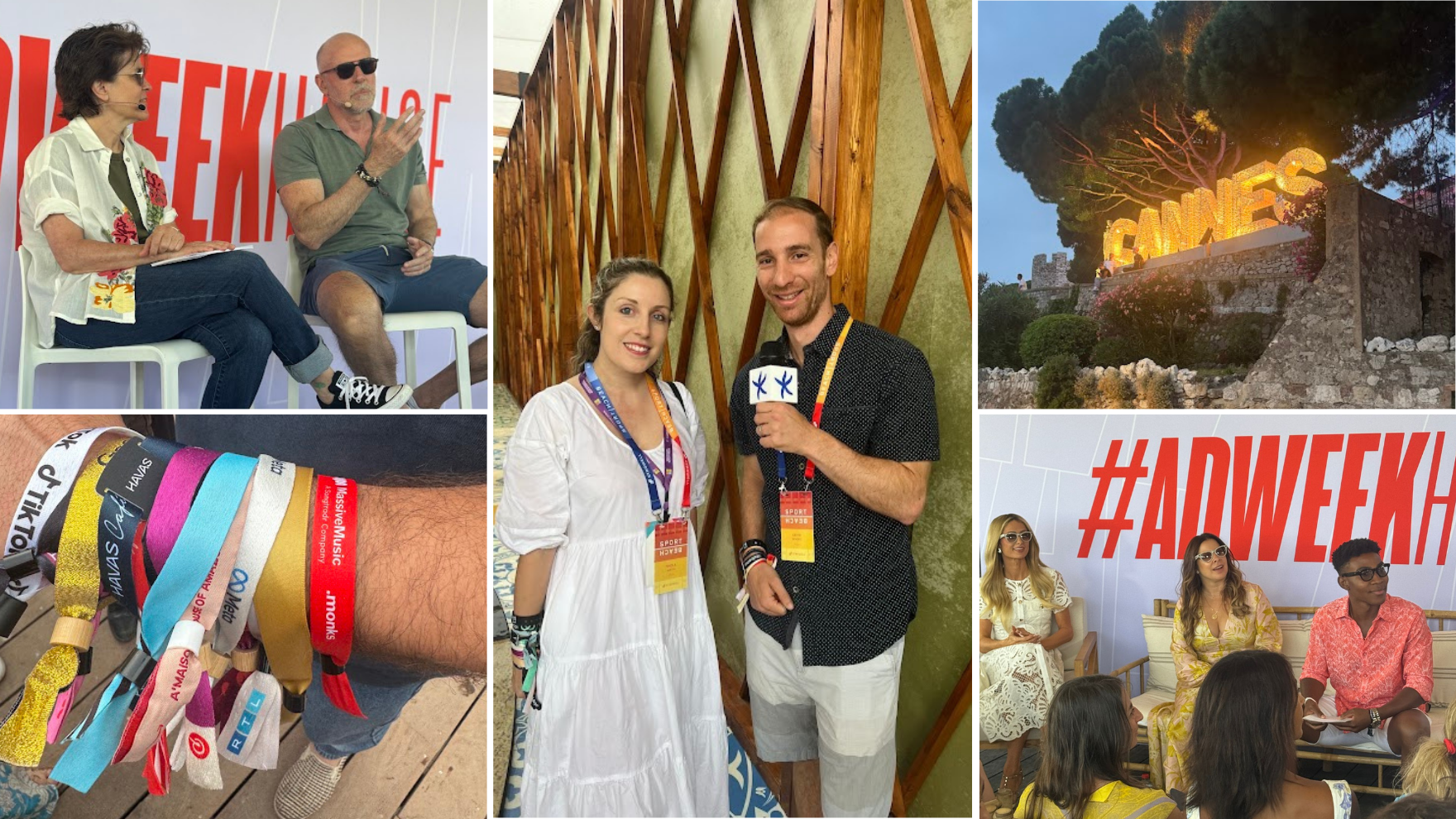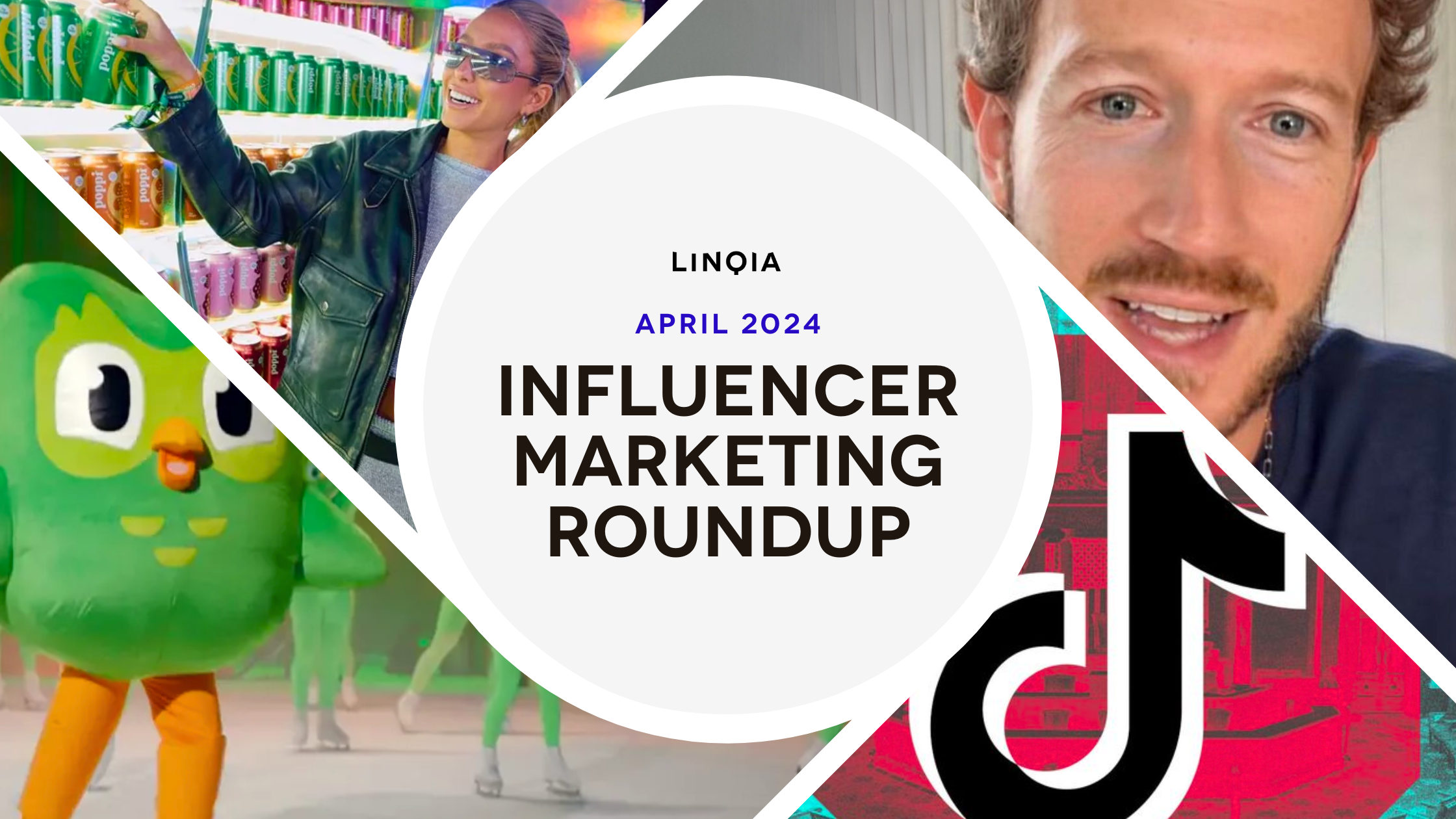This article originally appeared on Business2Community as “Why ‘Power-Middle’ Influencers are Crushing Kim Kardashian.”
Celebrity endorsements have been around forever, but are they being usurped by a new type of authority?
The internet has given previously inaccessible power to the average person. Now that anyone can be seen and heard by people all over the world, anyone has the chance to become a famous. After all, not so long ago you were Time’s Person of the Year!
Today, thousands of ordinary people are considered online influencers because of their larger-than-average social media and website audiences. As more and more marketers acknowledge the effectiveness of influencer marketing (65% of brands used influencer marketing in 2015), influencers find their inboxes flooded with offers of money or other compensation from brands asking them to use their influence to promote a product, service, or campaign. YouTubers Michelle Phan and Zoella are well-known examples of “normal” people who went from making videos in their bedrooms to shooting commercials for major brands, but they are extreme examples.
Introducing “Power-Middle” Influencers
Most online influencers are not supernovas like Phan or Zoella but that doesn’t discount their power of influence over their audiences. Within their online communities, they, too, are bonafide stars. These influencers make up the “power-middle,” and are defined as individuals that have cultivated an audience of 10,000 to 250,000 followers who routinely engage with the influencer’s content and social channels. These power-middle influencers may not have the massive reaches or impression numbers of a “mega influencer” like Phan, but they also have a more intimate and personal community. Often, reach and impression numbers fall into the category of “vanity metrics,” and are not reliable indicators of how high the click-through rate of their audience will be or how many conversions they will be able to drive.
Followers of the power-middle see these influencers as trusted friends and peers who understand the audience’s values and needs, rather than distant celebrities whose lives are not relatable to the average consumer. These intimate, trusted connections are main reason why celebrities like Kim Kardashian are losing their power of persuasion to influencers with smaller followings. According to The Real Times Report, “Power-Middle influencers drive an average of 16x higher engagement rates than paid media and owned alternatives–and at a much lower individual cost than professional influencers.”
The questionable influence of celebrity is due to a psychological phenomenon called “diffusion of responsibility.” A call to action is much less persuasive when it is directed at a large audience, and this persuasion continues to drop as the group size grows. For example, if a man falls in the street and clearly needs help, an individual is less likely to offer assistance if there are a ton of others around. This phenomenon translates to digital life as well.
The diffusion of responsibility is why influencers with smaller audiences have more engagement than celebrity audiences. Power-middle influencers may reach less people, but that audience is more likely to interact with influencer created content because they’re part of a more intimate group. Software maker ZEFR’s 2015 study proves this, comparing the reach and engagement of YouTube comedian Grace Helbig to TV host Kelly Ripa. Though Kelly had 60% more reach, Grace’s engagement was a whopping 721% greater than the internationally recognizable TV personality.
“Those [power-middle] influencers have built their entire audience by cultivating a relationship with their fans through two-way engagement. Social influence is a contact sport–it involves staying very close to your audience, commenting back to them, and using their ideas. It’s more personal and therefore the foundation of their influence is engagement.”
– ZEFR CO-FOUNDER ZACH JAMES
Another factor contributing to the power-middle’s higher engagement rates is their familiarity with Millennials and Generation Z. A study by Variety magazine found that the top five most influential figures among Americans aged 13 – 18 were all YouTube stars, not actors, athletes, or musicians. Kim Kardashian did not even crack the top 20. The generations raised on the internet also seek amusement there, and they have grown up expecting their favorite entertainers to continually engage with and respond to their audiences, something most celebrities do not do.
The Variety study also reported that “YouTube stars scored significantly higher than traditional celebrities across a range of characteristics considered to have the highest correlation to influencing purchases among teens. YouTubers were judged to be more engaging, extraordinary, and relatable than mainstream stars.”
Dispelling Power-Middle Influencer Myths
Many advertisers, especially those representing major, international brands, shy away from using power-middle influencers because of a perceived lack of control between an advertiser and an influencer’s message. Celebrities are professionals with teams of handlers dedicated to making sure that the celebrity performs their contracted duties as the advertising client desires. Power-middle influencers, who usually have either small or non-existent support teams, can appear risky when compared to the well-oiled machine of a celebrity publicity squad.
But there are still large risks on both sides of the fence. There are frustrated advertisers who have sent product to power-middle influencers only to receive a single grainy iPhone Instagram with a few likes as ROI. But when celebrities flub obligations, the fail is seen (and rehashed) at a massive scale. Who could forget Oprah’s brief time as a Microsoft endorser when she tweeted about their Surface Pro 2 tablets… and it was tagged as being sent from her iPad. #Awkward.
The ugly truth is that most failed influencer marketing programs are caused by a lack of basic research and planning on the part of the marketer. Taking the time to vet the influencers for reach, engagement, interest in the product or brand, quality of content, and previous marketing experience can prevent an advertiser from using unqualified influencers. Then, the marketer needs to clearly set expectations, goals, and requirements for the influencer before any money or product exchanges hands. This can seem like a lot of work, but that’s because it is. To run effective influencer programs with the ability to scale, marketers need to partner with someone who can do the heavy lifting for them. This is where they turn to influencer marketing platforms for help.
These platforms do the vetting work for you, so all of the influencers offered are pre-qualified and have been tested through other influencer campaigns. A good partner will select your influencers based on an approved set of criteria and will automate communication as well as track and report on influencer performance. Any influencer platform that doesn’t have these capabilities is not worth your time.
Many brands also (incorrectly) believe that they get the most bang for their buck with a celebrity endorsement – more eyes equals more money, right? Wrong. The price tag of celebrity endorsement deals is often in the millions, with no guarantee of what the results will be. If you put your dollars into a power-middle campaign using a performance-based influencer marketing platform, the expected results are guaranteed. A great provider will also negotiate payment with the influencers and deliver the most amount of influencers for your budget as possible. In contrast, brands should expect to pay several hundred dollars (not millions) per influencer, who will create original content (text, images, and video) and distribute it across all of their social channels. This approach delivers a guaranteed amount of traffic and engagement, drives long-tail SEO after the campaign concludes, and allows the brand to repurpose the best performing content on paid and owned channels.
With such a clear value differentiation, it is not surprising that both consumers and brands prefer power-middle influencers over mega-watt celebrities. The celebrity endorsement will always have its place and time (Superbowl, anyone?) but tapping the power-middle for influencer marketing will continue to grow in popularity as it is proven in real campaigns.




